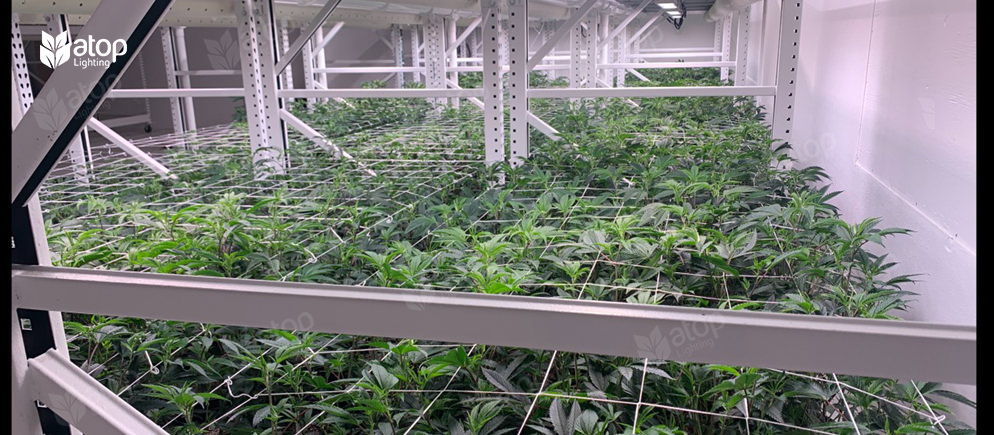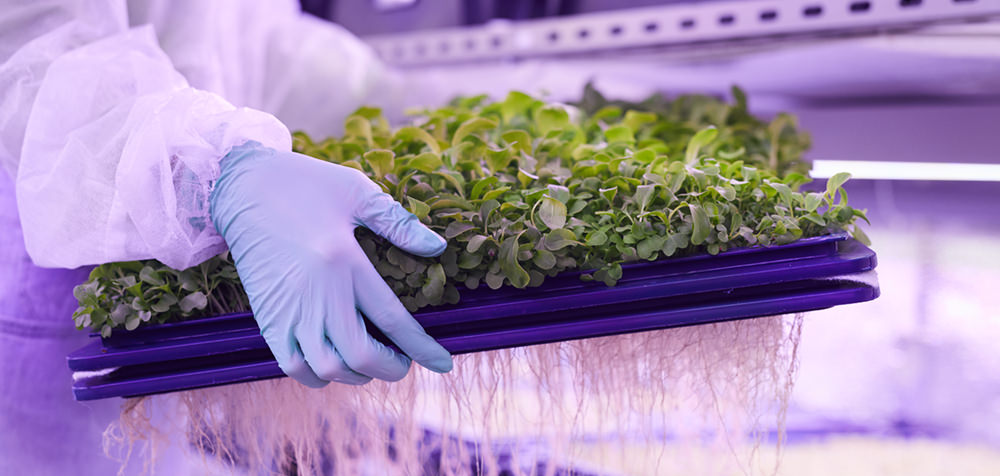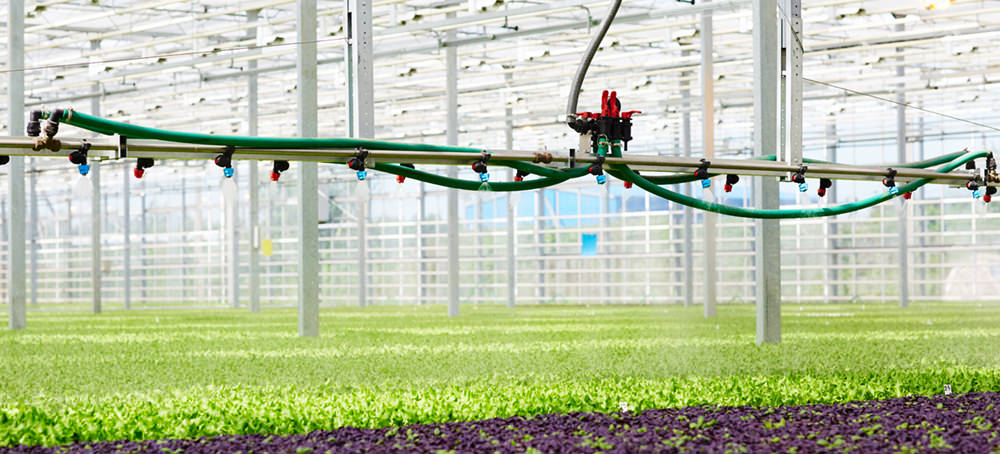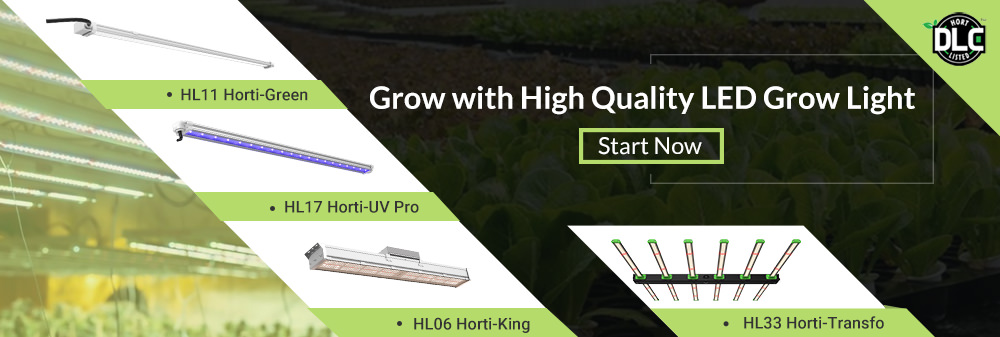7 Essential Elements for Commercial Grow Rooms

Nowadays, commercial grow rooms are highly integrated and complex, and cultivators are implementing and using equipment more than ever to maximize production and potential profits. These may include lighting, safety, sanitation, humidity, CO2 level, irrigation, centralized control, etc. However, some elements and equipment for commercial grow rooms require some upfront investments. Additionally, equipment expenditures can run up very quickly. Some equipment is necessary for cultivation, while others are only a waste of money and space. In commercial cultivation, the expenditures on elements can be the difference between success and failure. Commercial growers need to budget properly and utilize the essential elements effectively to reap the desired ROI. In general, there are seven essential elements for most commercial grow rooms. Check out the post to learn more.
1. Grow lights
Plants in commercial grow rooms don’t have access to natural sunlight or cannot receive sufficient sunlight. Thus, artificial grow lights are essential. Among the HPS and LED grow lights, LED grow lights are the better options because they are energy-efficient. Cultivators are able to save energy costs with efficient LED grow lights. Moreover, plants have different requirements for spectrum, light intensity, and light cycle. LED grow lights that come with 0-10V dimming or variable spectrum give cultivators the possibility to provide and control the lighting that closely matches the needs of the plants. The installation costs of lighting are also critical for commercial grow rooms. Daisy chain design allows for less electrical work and installation costs. Working with experienced manufacturers like Atop Lighting provides mass customization and assurance for cultivators.
2. CO2 level
As part of the climate control and ventilation conversation, CO2 levels are an important element in commercial grow rooms. For large-scale cultivation, growers use CO2 generators or compressed CO2 tanks to send CO2 continuously. Since CO2 is one of the key elements in photosynthesis, extra CO2 can significantly increase total yield and production speed (by up to 50%) when there is enough light and plenty of water. Please see the post "Interaction of Supplemental Light and CO2 Enrichment Improves Plant Growth" for more information. But whether CO2 generator is a worthwhile investment is not easy to draw conclusion. Actually, CO2 burners are not expensive for most commercial growers, but the beneficial effects are limited by plant species and the environment. Except for the initial costs, extra energy costs for running the CO2 generator should also be taken into consideration. Growers can use a CO2 monitor to test and monitor CO2 levels over time, and supplement CO2 as needed.
3. Safety and sanitation
Safety and sanitation are critical for both plants and employees in commercial grow rooms. Disease can spread rapidly in commercial rooms, causing huge losses for commercial growers. Frequent sanitation of relevant equipment and grow rooms enables plants to reach maturity without disease. Cultivators must invest in sanitation stations to protect the plants. Employees are sanitized before entering the grow rooms to prevent microscopic particles from transferring from employees to plants, ensuring their safety. UVC lights are often used for disinfection. It has been that proved 222nm UVC can kill bacteria and viruses effectively without damaging human skin and eyes. But UVA and UVB are also supplemented to improve plant growths. For employees, exposures to UV grow lights and the use of pesticides are harmful to their health. Growers should provide protective gear such as hats, sunglasses, respirators, and clothing to protect employees from being hurt by UV rays.

4. HVAC system
Clean and fresh air has significant effects on the health of plants and humans. HVAC systems are the mainly designed to treat air. With the help of HVAC systems, growers are able to provide optimal environments for plants by controlling the temperature, humidity, and air quality in commercial grow rooms. HVAC systems consist of heating, ventilation, and air conditioning machines. Cultivators must determine the appropriate equipment for desired productions. Without an HVAC system, soil, dust particles, mold, bacteria, and other pathogens may float around the air and cause serious issues. However, efficient HVAC systems also require frequent maintenance and sanitation. Dig deeper on “How to Make Your HVAC System More Efficient”.

5. Pest control
Pest control is critical in commercial grow rooms. Pests and insects will damage plants and cause serious economic loss. Pesticides are the most common way to fight pests and insects. But pesticides have potential toxicity for humans and plants. They can cause pollution in water and soil as well. Therefore, before using any chemicals to treat the pests, growers should understand the relevant legislation for using pesticides. Implementing biological control and IPM strategies are also prevalent to manage pests and insects while reducing the use of pesticides. These also contribute to a balanced ecosystem. Adding LED lights in biological control is one of the most effective ways in reducing the use of pesticides. Learn more from the post “Use of LED Lights in Pest Management”.
6. Irrigation system
Consistent water and nutrients are essential for producing robust plants. Most home growers water their plants manually. But hand-watering is not practical for commercial grow rooms. Manually watering in large spaces will waste a large amount of time and energy. The other problem with hand-watering is its low precision. Thus, an irrigation system is vital for commercial grow rooms. A good irrigation system provides the appropriate amount of water for plants every time, and thus ensures the consistent growth of plants. Irrigation system can also water all plants in the grow room at the same time. With the high efficiency, irrigation system can save time, efforts, and the waste of water.

7. Centralized control system
A centralized control system integrates a lot of equipment, sensors, and monitors into one system, providing smart control for commercial growers. Sensors and monitors give accurate data of elements for cultivators. Temperature, lighting, humidity, pH, and other environmental factors in grow rooms are recorded and displayed in a simple digital dashboard, allowing cultivators to make data-driven decisions. According to the centralized control system, growers can adjust the environment in a chosen area at different stages of plant growth. By optimizing growing conditions for plants, growers are able to achieve higher yields and productions. To achieve intelligent control, components such as grow lights, heating machines, and thermometers must be compatible and integrated with the controls, sensors, and monitors.


